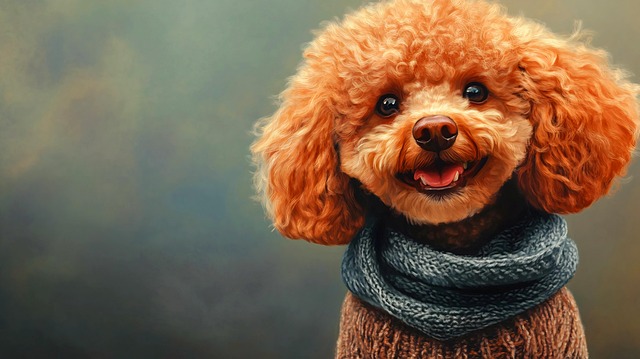
How can I tell if my dog's heatstroke is serious
Let’s be real: It’s a sticky August morning in Los Angeles, and you took your 2-year-old Golden Retriever, Max, for a walk a little later than usual
You step out of the bathroom, towel in hand, after giving your dog a thorough bath—shampoo lathered, rinsed twice, even a quick brush to smooth their coat. But an hour later, that familiar, unpleasant smell creeps back, leaving you wondering why your dog smells so bad even after a bath. It’s a common frustration for new dog owners, and it rarely means you did a bad job washing them; more often, there’s an underlying issue you might not have noticed.
First, let’s break down the science: dogs have apocrine glands all over their bodies, especially in areas like their armpits and paws, which secrete a thick, oily substance. Unlike human sweat, this secretion doesn’t smell on its own—but when bacteria on your dog’s skin break it down, they release stinky byproducts. Bathing washes away surface bacteria and oil, but if the glands are overactive (from stress, allergies, or even just their breed) or if bacteria are deeply rooted, the smell returns fast. For example, breeds with wrinkles like Bulldogs or Shar-Peis trap moisture and bacteria in folds, making post-bath odors worse.
 Luckily, there are simple steps to fix this. Start with the right shampoo—avoid harsh, human products, and opt for a vet-recommended formula that targets bacteria or yeast (common culprits). When bathing, take extra time to rinse thoroughly; leftover shampoo can irritate skin and attract more bacteria. After drying, check for wet spots in hard-to-reach areas, like between paw pads or under tails—use a blow dryer on low heat if needed. Regular brushing (at least 2-3 times a week) also helps distribute natural oils and remove dirt before it builds up.
Luckily, there are simple steps to fix this. Start with the right shampoo—avoid harsh, human products, and opt for a vet-recommended formula that targets bacteria or yeast (common culprits). When bathing, take extra time to rinse thoroughly; leftover shampoo can irritate skin and attract more bacteria. After drying, check for wet spots in hard-to-reach areas, like between paw pads or under tails—use a blow dryer on low heat if needed. Regular brushing (at least 2-3 times a week) also helps distribute natural oils and remove dirt before it builds up.
It’s also important to tie these habits to local norms and rules. In most places, keeping your dog clean isn’t just about smell—it’s part of being a responsible owner. For example, picking up after your dog on walks prevents them from rolling in waste (a big odor trigger!), and staying on top of vet visits ensures issues like skin infections (which cause bad smells) are caught early. Remember, positive reinforcement works here too—praise or treat your dog during baths and brushings to make the experience less stressful for both of you; punishment will only increase their anxiety, which can worsen gland overactivity.
At the end of the day, a persistently smelly dog after baths isn’t a sign of failure—it’s a clue to dig a little deeper. By understanding the science behind the smell, using the right tools, and following local pet etiquette, you’ll keep your pup smelling fresh longer and strengthen your bond. If the odor still won’t go away, a quick trip to the vet can rule out bigger issues like ear infections or dental problems—small steps that make a big difference for your dog’s comfort and your home’s freshness.

Let’s be real: It’s a sticky August morning in Los Angeles, and you took your 2-year-old Golden Retriever, Max, for a walk a little later than usual

You're enjoying a summer afternoon at the park when you notice your dog has stopped panting and appears disoriented - their gums are bright red

Let’s paint the picture: You’re in your Denver apartment, watching your 4-year-old Boston Terrier, Ruby, plop down mid-play session with her favorite toy

Many dog owners notice their pets nails seem shorter after regular walks,but how much does this daily activity actually help?The answer depends on where you walk—concrete sidewalks or asphalt streets gently file nails as a dog's paws hit the ground

Most dog owners notice their pup scooting across the carpet at some point, but few connect it to impacted anal glands. These small sacs near a dog’s rectum secrete a scent for marking territory

Most vets agree that regular dog teeth cleaning is key to avoiding painful dental issues later. For healthy adult dogs, a professional cleaning at the vet’s office every 12 to 18 months usually works well.